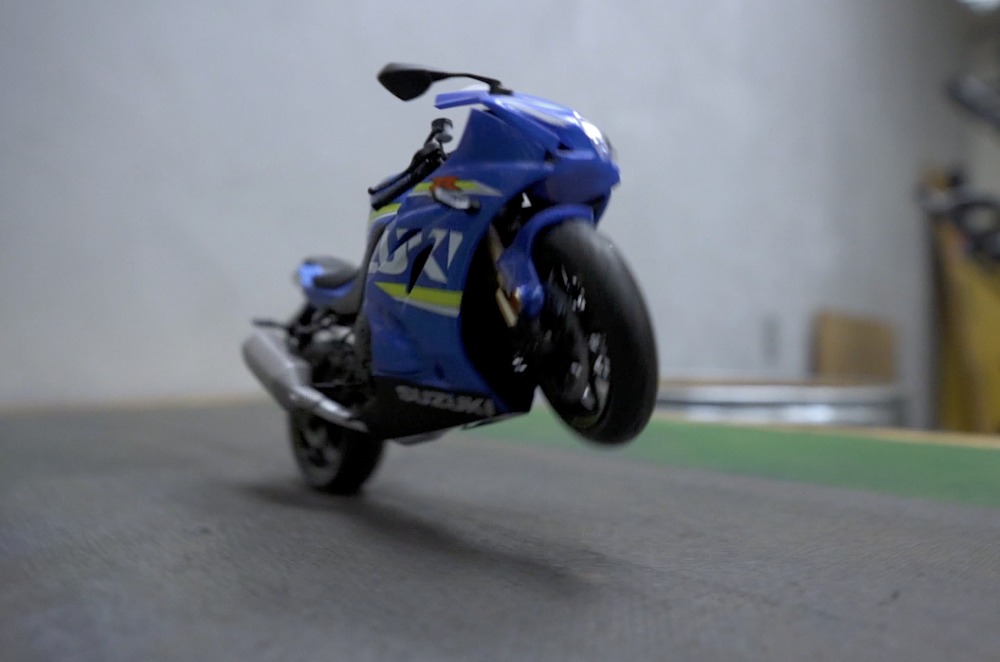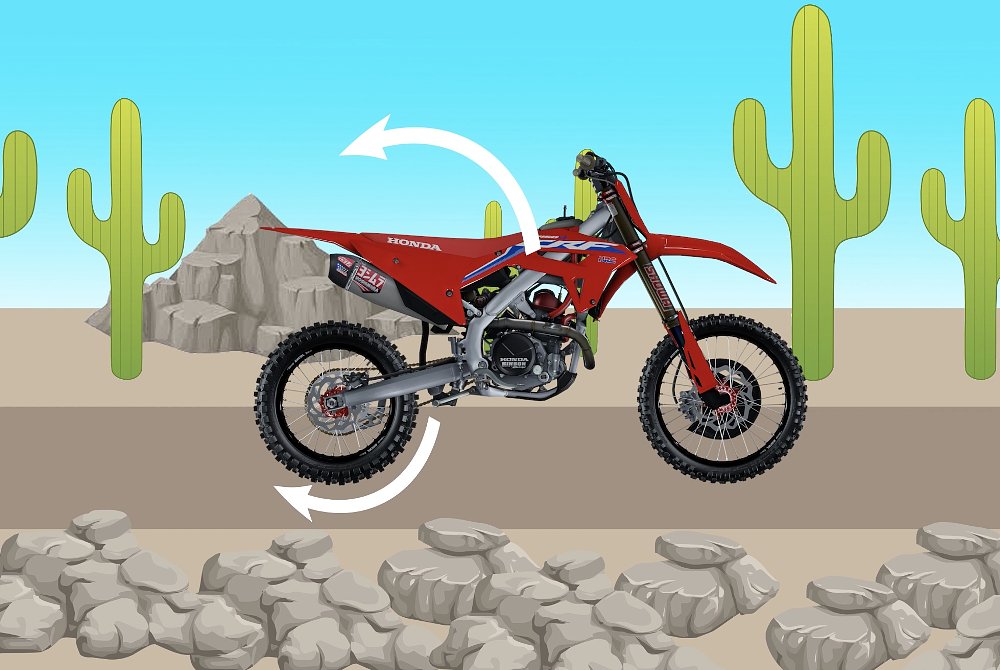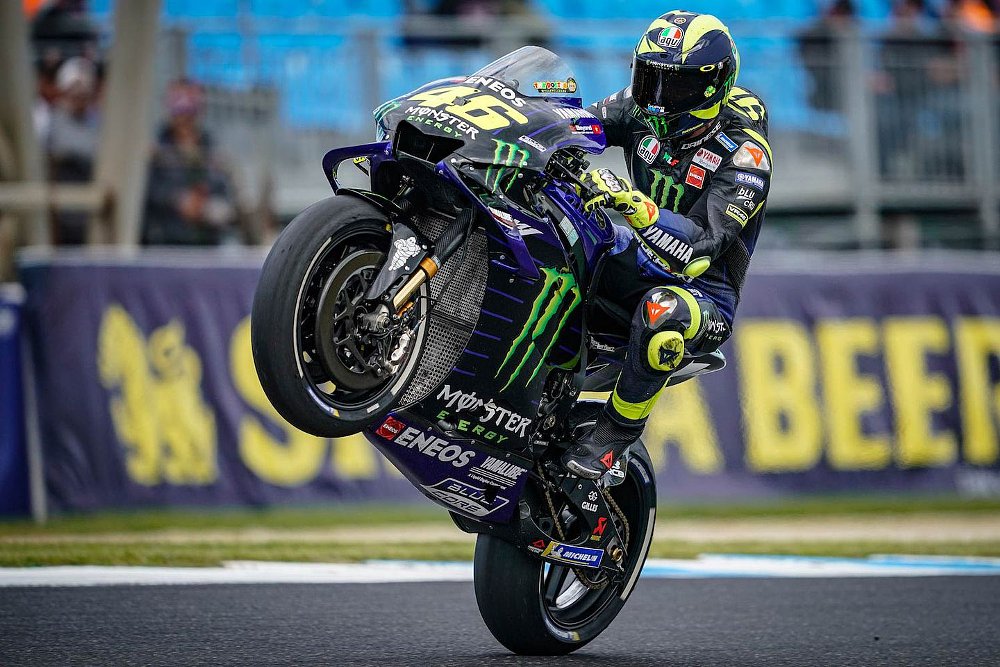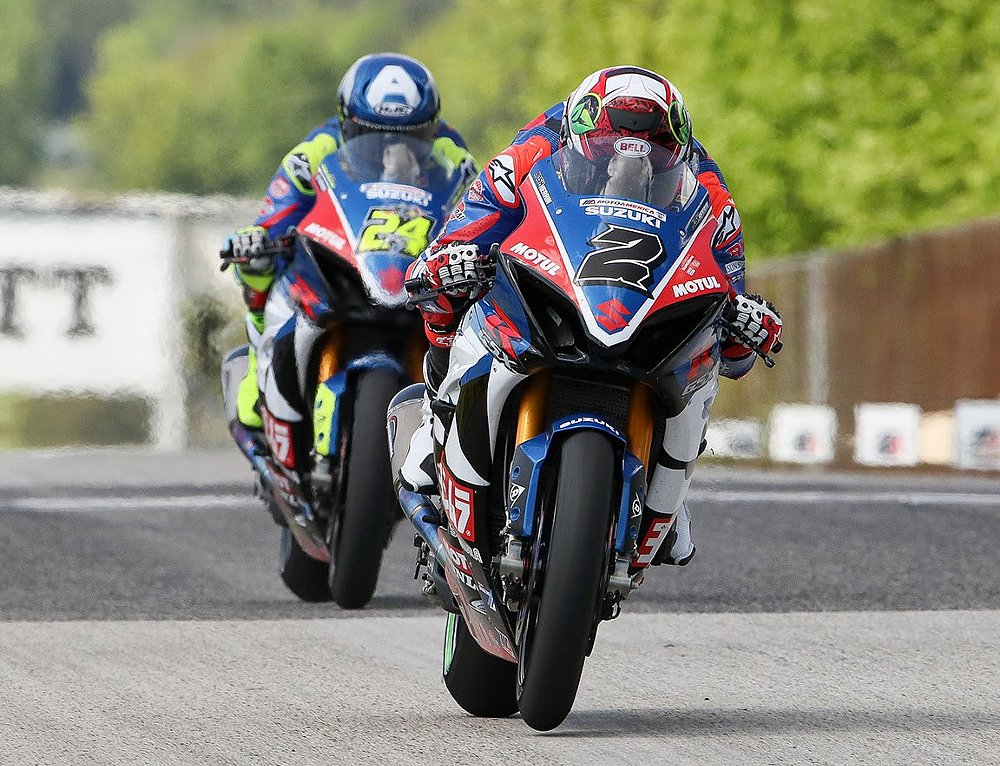Wheelies are one of the most exciting aspects of motorcycling, but what actually causes a bike’s front wheel to defy gravity and leave the security of the ground?
So rather than getting too bogged down in the details, we’ve simplified some key concepts that will help you understand what’s going on during one of motorcycling’s most hallowed maneuvers.
Inertia
Remember Sir Isaac Newton? He’s the 17th-century scientist who came up with laws describing the relationship between the motion of an object and the forces acting on it. Newton’s first law is all about inertia, which is an object’s resistance to changes in direction and speed.
A good example of inertia at work is the trick where someone pulls a tablecloth out from under the plates and glasses sitting on it. But it’s not a trick, it’s just that the glasses have enough inertia to resist the friction of the moving tablecloth, so they stay put instead of getting yanked off the table.

A similar thing happens when you pin the throttle on a powerful motorcycle. The rear wheel is pushing the bike forward, but the inertia of the bike’s mass says “No, I’m good here,” and lags behind. And because the tire is applying driving force at a point below the bike’s center of mass, the motorcycle wants to rotate up and around the rear wheel.
To drive the point home, imagine a model motorcycle with its rear contact patch fixed to a board. If you yank the board forward hard — just like you’d pull on the tablecloth in the previously mentioned “magic” trick — the bike wheelies. There’s no power being applied by the rear tire; the motorcycle only rears up because the bike’s mass lags behind the rear wheel’s movement due to the effect of inertia.

Pretty wild, right? Inertia is a powerful force, but it’s just one of several overlapping reasons why bikes wheelie. Next up, another of Newton’s laws.
Reaction torque
Newton’s third law states that every action has an equal and opposite reaction. That’s true in cases of linear motion, like bouncing a ball against the ground or a rocket blasting off into space, but it also holds true for angular motion, i.e. situations where there’s a twisting force, or torque.
Take, for example, opening a jar of spicy pickles. One hand is applying torque to the lid, and, as per Newton’s third law, the other hand is applying an equivalent reaction torque to the jar to keep it from turning. At some point I’ll exert enough torque on the lid to overcome the friction of the threads and the lid will rotate off the jar.

Transfer that understanding to a motorcycle, where the lid is the rear wheel, and the jar is the chassis. As the rear wheel rotates forward with a given torque, there’s an equivalent backward reaction torque on the frame that will cause it to want to pitch up. Just as the jar lid twists off once you overcome the friction of the threads, once the torque of the rear wheel exceeds that of gravity acting on the bike’s center of mass over its distance from the rear axle, the front wheel will begin to leave the ground. And voilà, you’ve got a wheelie.
And while wheelies look cool and are associated with power and speed, they actually represent the limit of how hard a bike can accelerate. Valentino Rossi once said that “wheelies are the enemy.” He meant in terms of acceleration, and he’s not wrong. Not only does a wheelie represent wasted power, since torque is being used to lift the front wheel rather than drive the bike forward, but a wheelie also causes the bike’s center of mass to rise, which further reduces how hard the bike can accelerate because, well, it’ll wheelie more.

Maximum acceleration is attained when the front wheel just barely skims the pavement, which is exactly what you see in top-level racing. Drag bikes are lowered and lengthened explicitly to reduce wheelies in order to maximize acceleration. On the flip side, when you see someone riding a proper, center-of-gravity-over-the-rear-axle balance-point wheelie, forward acceleration is close to zero.

Reaction torque and inertia are just two pieces of a very large Newtonian puzzle that explains why bikes wheelie, and even with those two factors, there are loads of variables. For instance, the location of a motorcycle’s center of mass plays a huge role in how readily a wheelie will occur. In general, taller, short-wheelbase bikes tend to float the front more easily, while longer, low bikes require far more torque to wheelie. Similarly, it’s easier to wheelie at lower speed and in lower gears because rear-wheel torque — and thus reaction torque — is stronger then.
Whether you love lofting the front wheel or have never done a wheelie in your life, now you know how and why they happen.













